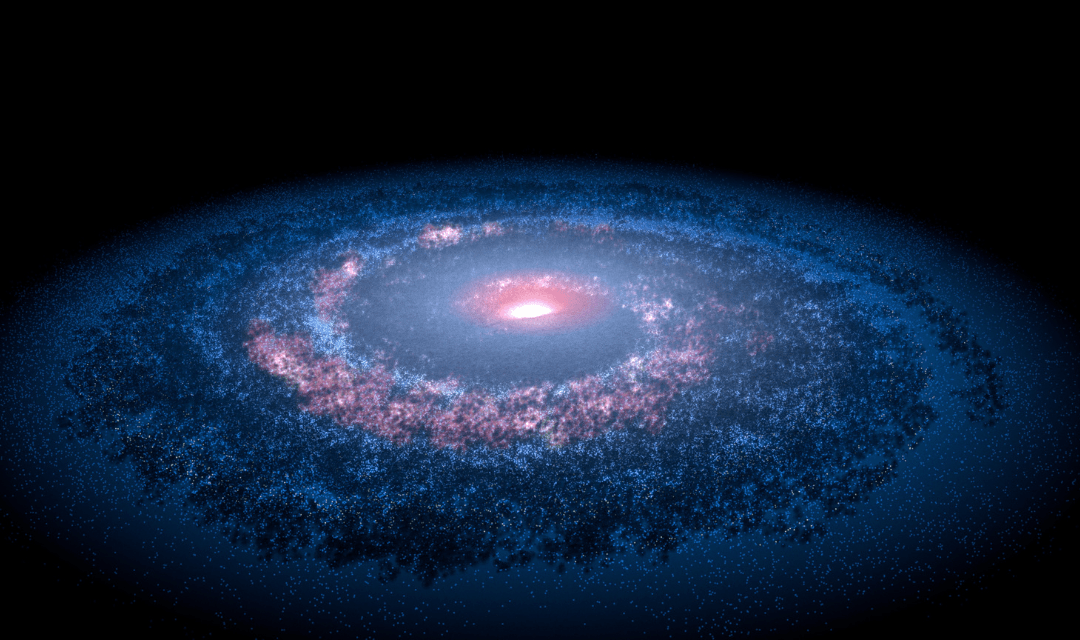Adapted from Creation Answer Book by Hank Hanegraaff
Using the speed of light (186,000 miles per second) in their calculations, astronomers have determined that the observable universe with its 100 billion galaxies, each containing a 100 billion stars, is at least 15 billion light-years in diameter. (A light-year is the distance light travels in a year—a distance measured not in billions but trillions of miles—about 5,878,499,810,000 miles!)
Furthermore, the age of the universe is measured in billions of years due to what is popularly referred to as the redshift of the galaxies: the reddish light marks motion away from the earth much like the audible pitch of a train shifts as it moves off into the distance. The redshift that marks galaxies as they move apart at the speed of light allows astronomers to extrapolate backward billions of years to the point at which the “stretching of space” began.
Finally, science points to realities such as background radiation, radioactive decay, entropy*, star ages, and white dwarf stars as proof positive that the universe is billions of years old. (For example, a star becomes a white dwarf—essentially a dead star—only after billions of years of nuclear fusion and subsequent cooling.) These multiple sets of independent empirical* evidence a ll converge on a limited range of dates for the origin of the universe, a date somewhere between 10 and 20 billion years ago.
It is important to note that even 10–20 billion years is insufficient for the evolution of a protein molecule, much less a living cell.
